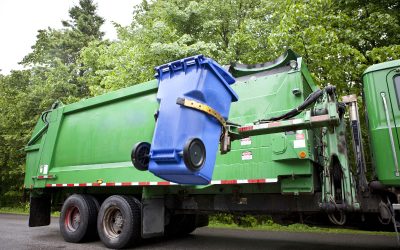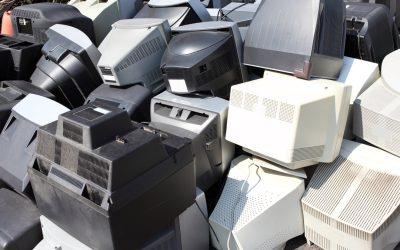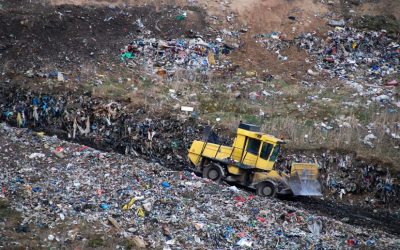In most commercial types of applications where there is any production of food, the water system needs to include a grease trap from any fixtures in the kitchen area. In other words, any sinks or cleaning areas that handle food, dishes or other types of materials where grease and oil are found in the water that is disposed of and will be entering the sewer system.
General Guidelines
For most restaurants, a simple rule to follow is to have the grease trap disposal service scheduled for an appointment every quarter. This means the process is completed four times a year or every three months. Depending on where you are located, there may be regulations on how often the grease trap has to be cleaned, regardless of the level of sludge in the trap.
Extremely large or extremely busy restaurants and commercial kitchens may find that the quarterly guideline is not effective. In these cases, checking the grease trap and calling the grease trap disposal service when the trap is one quarter to one third full of grease and food particles is the optimal timing.
Waiting too long can lead to bad odors in the kitchen, slow draining and other problems with the system.
Other Factors
There are several factors that can impact this schedule. A restaurant that cooks using deep fryers will have a lot more grease in their wastewater than a restaurant that serves health foods and has very limited use of oil and grease in food preparation.
To help to reduce the need for grease trap disposal between regularly scheduled cleanings, teach the staff to remove solid foods and any visible grease by scraping plates and cooking utensils before putting them in washers or rinsing into the sink. Additionally, be sure to check the grease trap regularly to avoid any problems or violations of local regulations.



